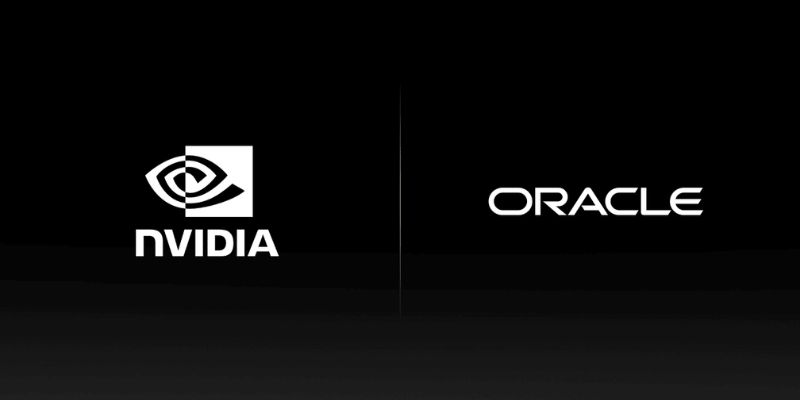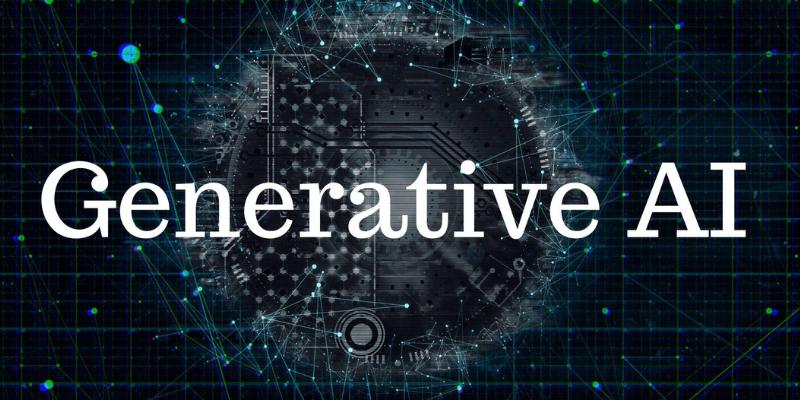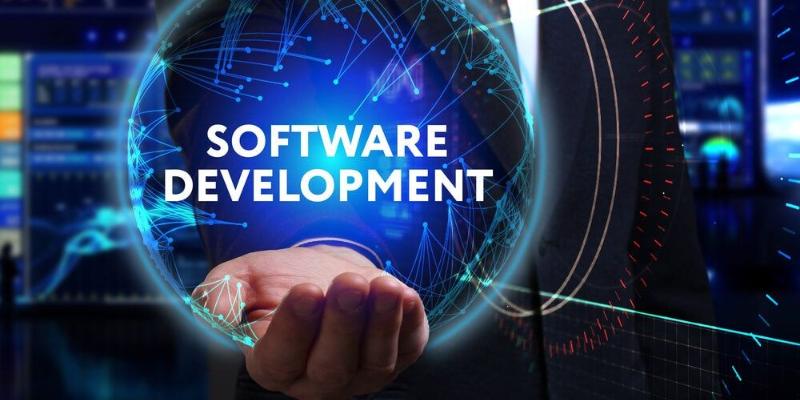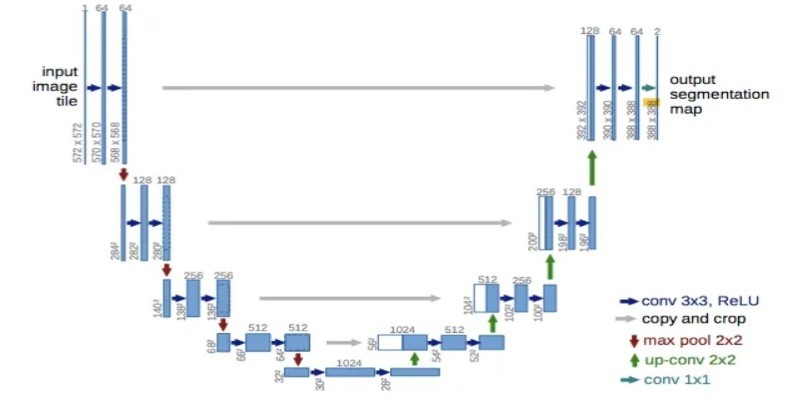Advertisement
Process mining is evolving rapidly. As a leading process mining company, Celonis must stay current. Startups powered by artificial intelligence and traditional business tools are entering the market, creating fierce competition. Today’s companies seek not just analysis but also real-time recommendations. Celonis must continue developing and strengthening its core capabilities.
Faster processing, cross-system integration, and cloud-native features are now essential. Stakeholders expect more than just data displays—they want actionable results. Celonis’ automation insights must translate into time and cost savings. Staying relevant in modern process mining requires continuous evolution. The speed at which Celonis aligns with customer priorities will shape its future. At present, operational visibility defines true value. To stay ahead, Celonis must anticipate market needs and deliver meaningful innovations.

The process mining market is no longer niche or limited. Major enterprise players are entering the space. SAP, IBM, and Microsoft recently integrated process mining tools into platforms. As a result, Celonis faces growing pressure to deliver greater value. Artificial intelligence is also enabling new entrants to challenge industry incumbents. These startups focus on automation and intuitive dashboards. Faster implementation and lower costs continue to attract customers.
To stay competitive in this changing landscape, Celonis must evolve. It can no longer rely solely on its early lead. Differentiation is now essential. The company must highlight advantages that competitors cannot replicate. Today’s market expects speed, precision, and analytical depth. The focus must shift toward smart execution. Celonis must offer more than analysis—it must support real-time decision-making. Maintaining leadership in modern process mining requires early detection of new threats and bold, rapid responses. Effective leadership demands continuous innovation.
Companies demand quick answers. Static dashboards and delayed reporting are no longer sufficient. Teams now expect systems to deliver live updates. When issues arise, they want real-time alerts and automated triggers. Celonis has to meet these needs. These days, one needs real-time operational visibility. Decision-makers demand live pictures of their processes. They cannot respond quickly until then. Insights delayed cost money and efficiency. Celonis has to be sure its platform provides quick data refreshes. It must also back automated interventions.
Real-time process analysis enables users to optimize performance from any location. It is especially crucial in sectors like manufacturing and logistics, where even one hour of delay can result in major losses. Celonis automation insights have to be connected to quick notifications. Dashboards should evolve from passive to interactive. The value increases with the tool’s increasing dynamic power. Celonis has to rethink its infrastructure to enable this transformation. The benchmark for relevance nowadays is real-time operations.
Process mining should not require a degree in data science. Celonis must ensure the usability of every corporate user. Dashboards should be clear and easy to understand. Users expect quick answers. Complicating processes reduce acceptance and involvement. Celonis has to simplify its platform if it is to expand. Guided paths and drag-and-drop tools enable consumers to investigate insights quickly. Furthermore, crucial is language clarity. Steer clear of technical language to boost departmental use.
System responsiveness is a key aspect of user experience. Even small delays can frustrate users. Today, mobile and web accessibility is essential. Teams demand flexibility and function across time zones. A good platform changes with user requirements. It provides a customized experience determined by responsibilities and objectives. Celonis has to concentrate on increasing first-time consumption. Tutorials, advice, and useful material raise pleasure. Tools that are easy to operate are more often used. Better customer results and improved retention for Celonis follow from this.
Artificial intelligence is no longer optional in process mining. Celonis must integrate more advanced tools into its platform. Predictive modeling enables organizations to identify problems before they occur, shifting process mining from a reactive to a proactive approach. AI can search processes and find latent inefficiencies. It provides advice grounded on trends, raising accuracy and saving users time. Celonis automation insights have to go beyond basic triggers. AI-driven automation dynamically changes systems.
AI can reroute workflows when it predicts delays. It improves process flow and helps eliminate bottlenecks. Competitors are already incorporating such features. Celonis running late runs the danger of losing market leadership. Machine learning also enables the personalizing of insights. It may customize dashboards, especially for particular users. It adds importance and influence. Celonis has to commit heavily to artificial intelligence capabilities. The direction of process mining is predictive insights. Platforms get quickly out of the current without them. Long-term performance and market relevance depend on innovation here as well.

Today’s companies rely on dozens of tools and systems. Celonis must integrate seamlessly with all of them. Achieving full visibility requires strong integration. Businesses want to analyze complete process journeys across systems. These travels sometimes span ERP systems, CRMs, and outside-of-house apps. Value is limited in a process mining tool covering just a few platforms. Celonis has to increase the compatibility. Open and well-documented APIs are ideal. Plug-and-play connectors save important IT team time. Integration also minimizes data silos.
Users can correlate and compare processes across different systems, enhancing the depth of insights. Celonis should also support hybrid setups. Many companies still combine on-site solutions with cloud computing. Full flexibility is very important. Perfect integration leads to rich dashboards, which drive wiser decisions and better automation. Celonis has to present itself as the most integrated platform. It helps to solve one of the main modern process mining problems: scattered data systems. Healing these divisions produces unparalleled benefits.
Celonis stands at a turning point. Success will depend on speed, innovation, and a strong user focus. The company must evolve to meet modern process mining demands, including smarter automation and real-time operational visibility. Celonis’ automated insights must deliver fast, clear, and actionable answers. Customers expect deeper artificial intelligence, faster integration, and simpler usability. Meeting these demands ensures ongoing relevance and credibility. Market leadership is never guaranteed. The new standard is real-time operational insight. Celonis must be bold to maintain its advantage. Today, adaptation is the key to growth tomorrow.
Advertisement

Oracle Cloud Infrastructure boosts performance by integrating Nvidia GPUs and AI-powered solutions for smarter workloads

How depth2img pre-trained models improve image-to-image generation by using depth maps to preserve structure and realism in visual transformations

Discover how resume companies are using non-biased generative AI to ensure fair, inclusive, and accurate hiring decisions.

How Vision Transformers (ViT) are reshaping computer vision by moving beyond traditional CNNs. Learn how this transformer-based model works, its benefits, and why it’s becoming essential in image processing

Salesforce advances secure, private generative AI to boost enterprise productivity and data protection

Discover 7 effective ways to accelerate AI software development and enhance speed, scalability, and innovation in 2025.

Discover how Dremio uses generative AI tools to simplify complex data queries and deliver faster, smarter data insights.

What if your AI could actually get work done? Hugging Face’s Transformer Agent combines models and tools to handle real tasks—file, image, code, and more

Are you overestimating your Responsible AI maturity? Discover key aspects of AI governance, ethics, and accountability for sustainable success

How UNet simplifies complex tasks in image processing. This guide explains UNet architecture and its role in accurate image segmentation using real-world examples

Explore how AI agents are transforming the digital workforce in 2025. Discover roles, benefits, challenges, and future trends

How Netflix Case Study (EDA) reveals the data-driven strategies behind its streaming success, showing how viewer behavior and preferences shape content and user experience